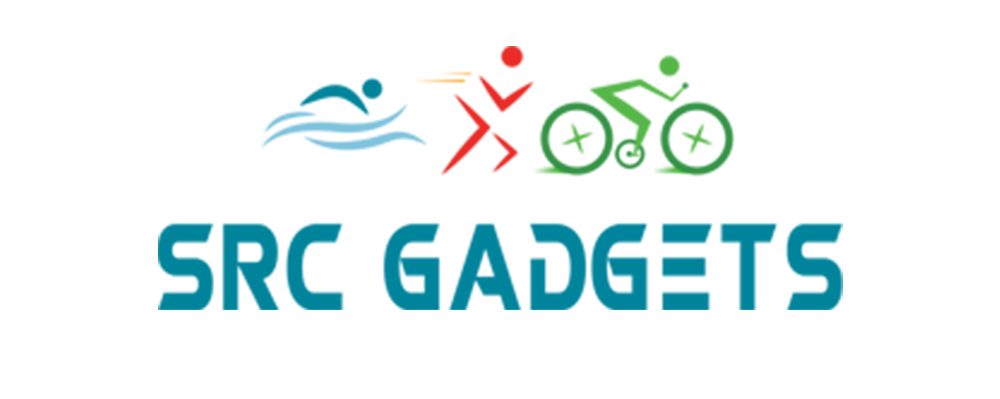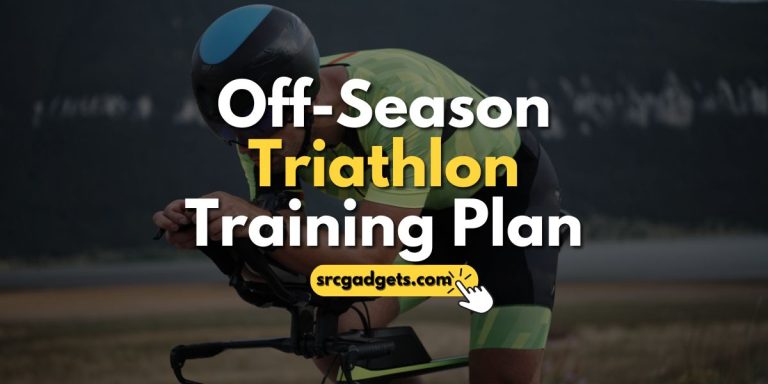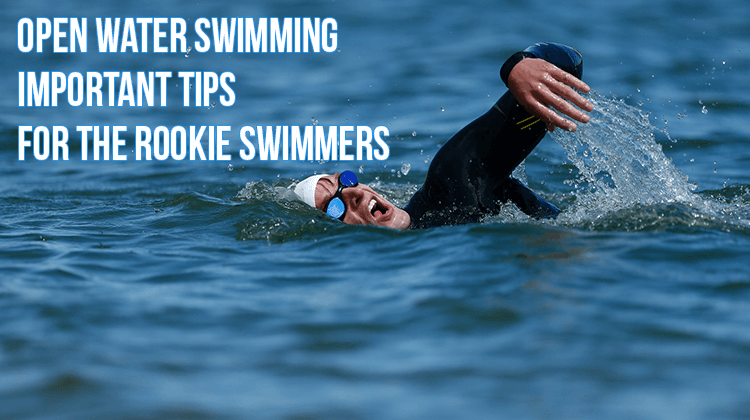Can You Rest During a Triathlon Swim?
Diving into clear waters, surrounded by fellow racers, with the sun shining brightly, the challenge of a triathlon swim awaits.
Can you sneak in a few moments of rest among the swift currents and high energy around you? This question isn’t just yours; many triathletes, both beginners and pros, have pondered the same.
Yes, you can take short breaks during a triathlon swim. Designated rest areas, like large buoys, often provide safe spots for brief pauses.
But there is more than this. I’ve swum through many triathlons, tackled waves, and pushed my limits. Through it all, I’ve learned when and how to rest during this watery race. From the first splash to the final stretch, I’ve uncovered some unexpected tips.
Let’s explore the art of taking breaks during this intense journey. Your triathlon experience may take a turn for the better after this!
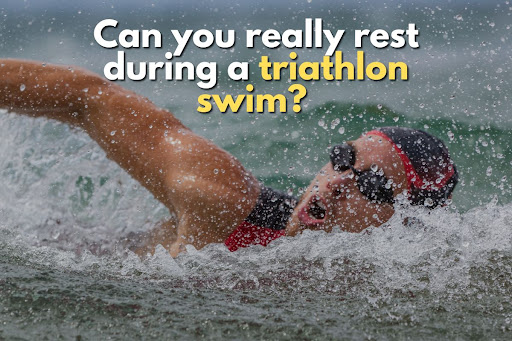
Triathlon Swim Anatomy
Triathlon swimming isn’t just about jumping into the water and making a beeline for the last stop. Rather, it is more intricate than that.
Strokes and Techniques
In the world of triathlon swimming, most athletes go for the freestyle stroke. It’s not just the fastest, but it’s also the most energy-efficient choice.
What about that friend who insists on using the butterfly stroke? While it looks cool, there are more effective ways to conserve your energy for running and biking.
Now, let’s talk about techniques. Efficient triathlon swimming is all about making the most of your movements in the water. Less resistance is the name of the game. Have you ever wondered how the pros seem to glide through the water effortlessly? That’s because they’ve nailed the art of being streamlined. It’s not just about moving your arms and legs; it’s about body rotation, head position, and even how you kick.
Triathlon Swim Training
But how do you get there? By mixing up your swim workouts! It’s essential to include drills that focus on technique and building endurance.
For beginners, start with shorter intervals and work your way up to longer distances. And don’t forget about that pull buoy it’s not just a funny-looking floaty thing; it can boost your upper body strength and help you stay aligned in the water.
Open-Water Dynamics
Now, brace yourself for the real challenge open-water swimming. It’s a whole different beast.
1. Adapting to the Open Water
Open water is unpredictable. Unlike a calm pool, it comes with tides, currents, and sometimes even marine life! Whether you’re swimming in an ocean or a lake, understanding and adapting to these conditions is key.
For example, ocean swimming means salty water, which can make you more buoyant. Sounds good. It also means swallowing saltwater for the entire swim, which isn’t everyone’s cup of tea (or, should I say, gulp of seawater?). Lakes might offer fresher water, but they come with their own set of challenges.
2. Interacting with the Open-Water Environment
Navigating open water requires some skill. People can easily veer off if they aren’t careful. But here’s a tip: practice sightings during your swim workouts. Sighting means lifting your eyes just above the water to spot landmarks or buoys.
Although it’s a bit tricky to do without messing up your stroke, once you get the hang of it, it’s incredible!
What are resting strategies during a swim?
Diving into the heart of the matter can you and should you take a short break during the triathlon swim? Without a doubt, you can. However, the real trick lies in knowing where and when to hit that pause button. Let s find out!

1. Identifying Safe Zones
Safety comes first. If you are feeling that you need to rest, look for designated resting spots. In some races, organizers might have buoys or boats where swimmers can take a momentary break. But a word of caution: avoid resting on the lane ropes or near the swim course’s edges. It can be inconvenient for others and risky for you.
2. Energy Conservation
Efficiency is crucial not just in swimming but also when taking breaks. If you find yourself getting tired too quickly, check your technique. Are you over-kicking? Is your breathing rhythmic? A streamlined approach can help you save energy, reducing the need for frequent rests.
3. Mental Relaxation Techniques
Triathlon swimming isn’t just a physical challenge; it’s a mental one too. The vastness of open water can be intimidating, especially for newcomers. You can relax your mind by using some mental relaxation techniques whenever you feel overwhelmed.
Close your eyes, take deep breaths, visualize your swim, or even hum your favorite tune (yes, underwater!). It can help calm your nerves. And remember, you’re not alone out there; fellow triathletes and safety personnel are nearby.
4. Wetsuits and Buoyancy
Here’s a game-changer: the wetsuit. If you’re in cold water, you’ll probably be wearing one. Wetsuits provide insulation and buoyancy, making it easier to float with less effort. Sneaky, right? But be sure to check the wetsuit rules for your specific event to avoid any penalties.
Wrapping It Up
So, future swim champ, the triathlon swim is an adventure. From mastering pool mechanics to tackling the wild open water, it’s a journey with its share of challenges. But remember this: It’s okay to rest, to breathe, and to take it one stroke at a time.
Triathlons are not just about finishing first; they’re about finding your rhythm, knowing your strengths, and, most importantly, enjoying the experience. Every splash, kick, and rest moment is a testament to your dedication and spirit.
As you swim towards the finish line, keep this mantra in mind: “Swim with heart, rest with purpose, and finish with pride.“
Stay afloat, stay safe, and see you at the finish line!
Have questions, stories, or a funny encounter with a curious fish during your open-water swim? Share them in the comments! I would love to hear from our growing community of triathletes. Join the conversation and share your experience. Happy swimming!
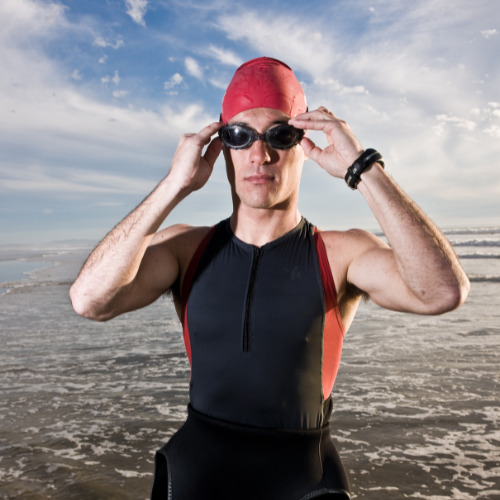
Eric Jordan
I am a writer by passion and a triathlete coach profession. In his free time, he swims, runs, cycles, and helps newbie athletes to achieve their goals.
